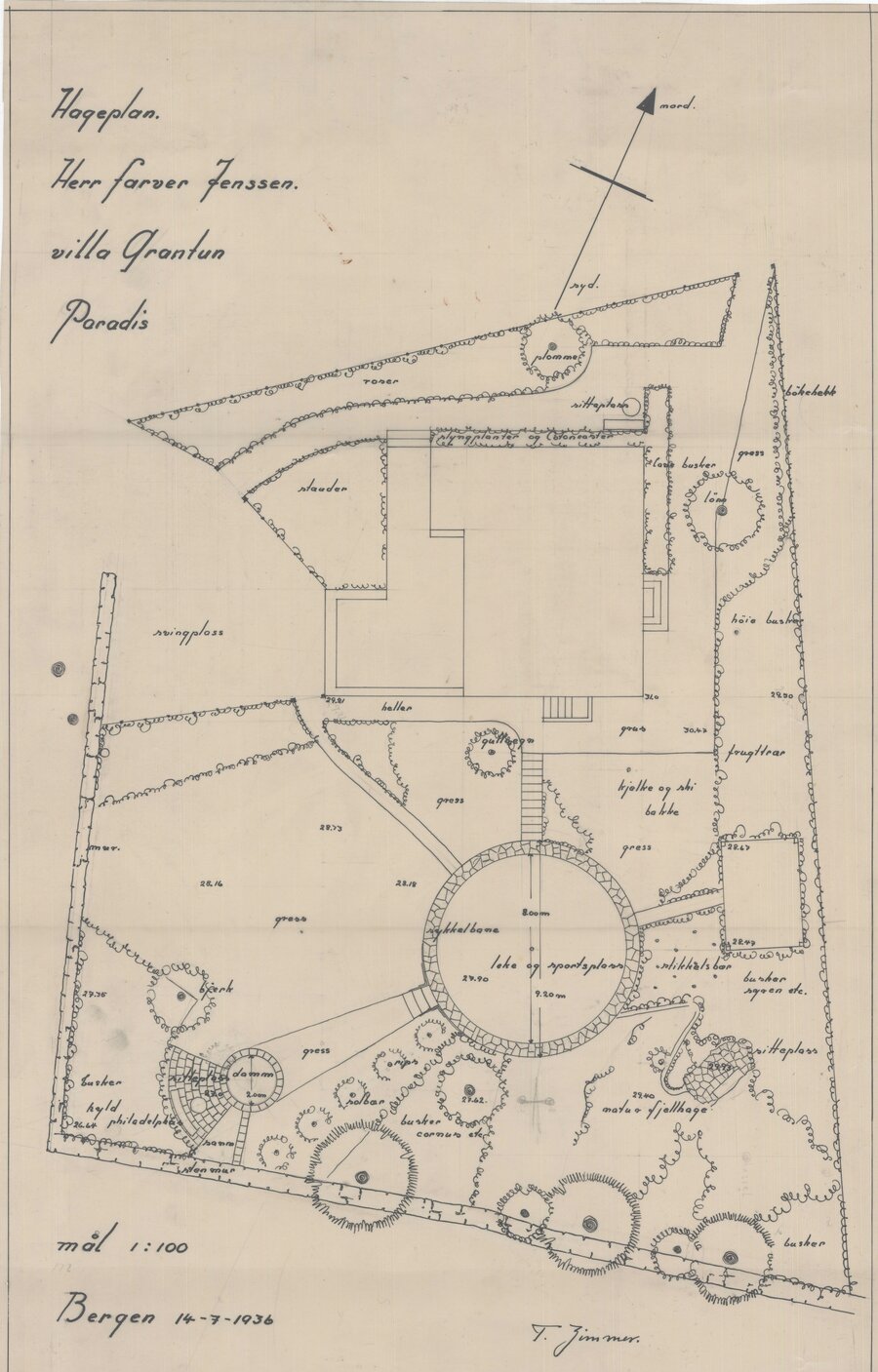Berit Rønsen's doctoral research sheds light on the development of garden art in Norway in the 1930s and 40s. The research strengthens our understanding of a little-explored field in the history of garden art.
Knowledge of garden history is crucial for the sustainable management of historical green spaces. Rønsen's work helps fill a gap in our understanding of the development of Norwegian garden art, whilst strengthening the knowledge base for cultural heritage management.
Rønsen focuses particularly on the work of Norwegian garden architects of private villas and farms during the period. Central questions of the research were: what characterized Norwegian garden art at this time, and how did the professional community work on the development of garden art during the period?
"Knowledge of garden history is necessary to ensure good management of historical garden sites," explains Rønsen, whose day job is as a Senior Advisor at Norway's Directorate for Cultural Heritage.
Rønsen reveals, among other things, the influence of the professionalization of garden design and the process of democratization in society at that time. The research shows how garden architects played an active role in disseminating knowledge about garden art to a broader audience, aiming to make the joy and health benefits of modern garden art accessible to more people.
"My research shows a professional community that, in various ways, conducted what we can call public education on garden art. Garden architects aimed to bring garden art to a broader segment of the population, so that more people could enjoy its pleasures and, not least, its health benefits for body and soul," says Rønsen.
Method-wise, archival studies have been a central part of the research. By examining historical documents, the research has given us insight into the practices and intentions of garden architects at that time.
Overall, this doctoral research provides new perspectives on the development of Norwegian garden art and the professional community of garden architects in the 1930s and 40s. By highlighting various aspects of what happened during the period, the study contributes to a deeper understanding of the history of garden art and its role in societal development.
The research results will not only be relevant to historical research, but also to practice in landscape architecture and other areas such as architectural research and women's studies. This knowledge will also strengthen the foundation for cultural heritage management. It will contribute to more sustainable societal development by emphasizing the value of historical gardens as cultural monuments.
Berit Rønsen will defend her doctoral dissertation 'Norwegian Garden Art towards a Modern Society – 1930-50. Intentions and Ideals in a Time of Change' on May 31, 2024. See the disputation web page for details on how to attend.
Contact

Berit Rønsen
PhD Fellow NMBU and Senior Advisor at the Seniorrådgiver ved Kulturminneavdelingen, Riksantikvaren

